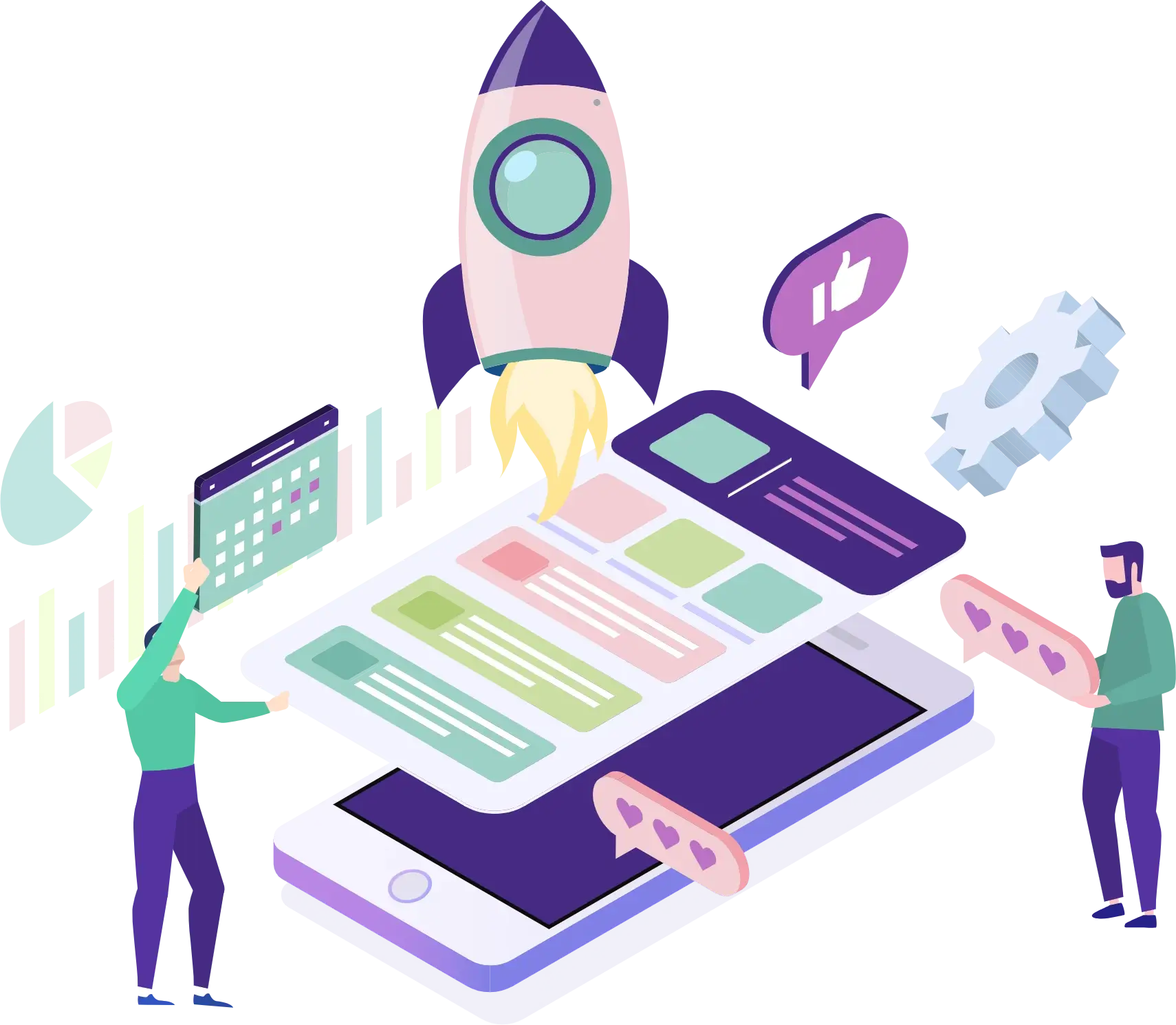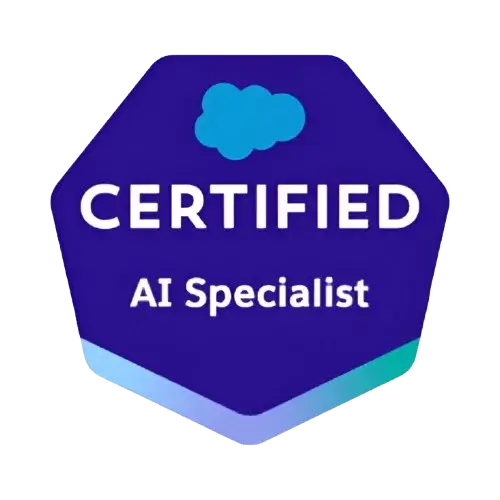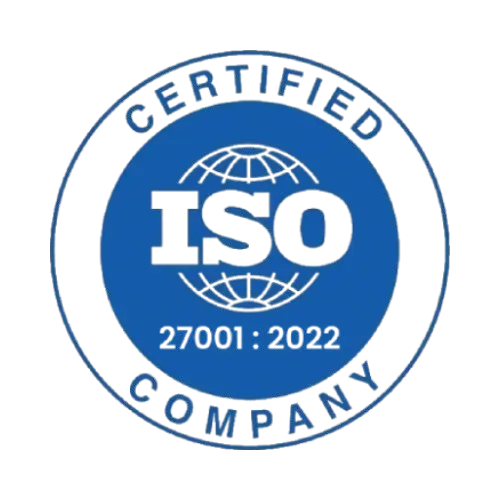People want quicker ways to track health, manage alerts, or stay connected without using their phones. Smartwatches and fitness bands make that possible. This need is exactly where Wearable Application Development becomes useful.
Differenz System builds smart, simple, and easy-to-use apps for wearables. The team focuses on clean design, fast performance, and strong device support.
Schedule a Free DemoApps are created to match specific needs such as fitness tracking or health updates. This focus keeps the app light and easy to use, making daily tasks simpler for users. Features are chosen to fit the wearable purpose and user habits.
Development covers both Apple and Android wearable platforms to reach wider audiences. Building apps for each system separately helps deliver smooth performance and a better user experience on every device.
Designs focus on clear visuals and simple controls. Easy-to-read screens and straightforward navigation make the app fast to use. This approach helps users complete tasks without confusion or delay.
Connecting wearables to phones allows automatic data transfer between devices. This keeps information like calls and messages up to date without user effort, providing a more connected experience.
Background syncing ensures that data like health stats and activity logs stay current on both wearable and phone. This smooth data flow removes the need for manual updates and keeps apps running accurately.
Using shared code bases allows apps to work across different platforms with less extra work. Updates can be released faster since changes apply to both versions, saving time and effort.
Testing on actual smartwatches and fitness bands catches problems that emulators may miss. This process helps improve reliability and performance in daily use, so users have a smooth experience.
Guidance is provided through all store submission steps including policy review and app listing. This support reduces delays and helps the app become available to users quickly.
After release, ongoing updates and fixes keep the app running well. New features can also be added later to keep the app useful and improve user satisfaction over time.
We build apps that track steps, heart rate, sleep, and workouts to help users stay healthy. Our apps set personal goals and show progress with easy charts. Users can also share their health data with other devices or apps.
We create wearable apps that deliver call, message, and app alerts right on the device. Our apps allow users to customize notifications and reply quickly without using their phones. Silent and priority modes help control interruptions when needed.
Our apps use built-in GPS to track real-time routes for outdoor activities on the wearable. We provide location sharing and safety alerts through geofencing features. Speed and distance are tracked directly on the device without needing a phone.
We develop contactless payment apps that work on most NFC terminals for quick and secure transactions. Our apps keep payment data encrypted to protect users. This lets users pay easily without carrying extra devices.
We design apps that work offline by saving data locally and syncing automatically once connected. Our apps stay fully functional anytime, even without internet access. Sync conflicts are handled quietly without bothering the user.
Our apps update and sync data quietly in the background using minimal battery power. We schedule updates smartly to avoid draining the device. This keeps the app data fresh while saving battery throughout the day.

According to ElectroIQ, there was a 42.5% increase in wearable payment users from 2022 to 2023, reaching 173.3 million users. This number is expected to grow to 278.3 million by 2025.
Grand View Research states that the global wearable market was valued at $84.2 billion in 2024. It may grow at 13.6% annually from 2025 to 2030, mainly driven by rising health concerns and growing use of fitness trackers.
MoldStud reports that by 2025, around 30% of businesses will start adding wearable technology to their existing systems. This can improve user involvement and make data collection faster and easier.
We start by understanding who will use the wearable app and what specific problems it should solve. This helps focus on essential features and real user goals.
Next, we examine the target wearables’ hardware limits like battery life, screen size, sensors, and OS versions. This ensures the app fits well within device constraints.
We design clear, simple interfaces tailored for small screens and easy navigation. The focus is on quick interactions and readability.
The app is developed to minimize battery use by optimizing background processes and syncing. This keeps devices running longer without frequent charging.
Testing happens on actual wearables to check performance, syncing, sensor accuracy, and notifications. This step uncovers issues that simulators may miss.
Finally, the app is launched with full support for app store submission and updates. Continuous maintenance keeps the app reliable and responsive to user needs.
Get your custom solution today.





















